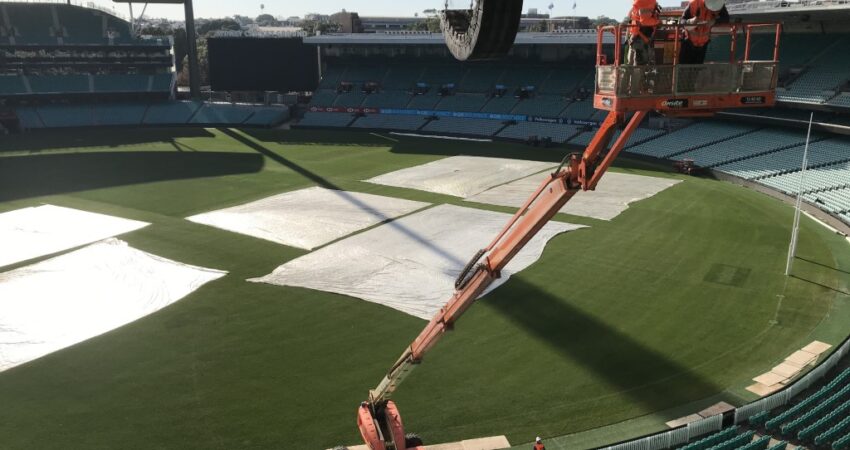Working in and around ‘live’, operational environments can be tricky. After years of experience, Duratec has it down to a fine art, making a point of working around the client rather than the other way around.
First and foremost, Duratec is a specialist asset remediation company. Take an aged or non-compliant building, add Duratec’s innovation, experience and custom-created refurbishment solutions and you’ll receive a rejuvenated asset. Simple, right? Well, almost.
If the building is occupied, and needs to remain that way for the duration of the works, there is much to be considered. Working in or around a ‘live’, operational structure requires strong stakeholder engagement in order to minimise the impact of works on both occupants and the general public.
Duratec has made working in such environments one of its specialties. The company has carried out works – with little or no disruption — to hospitals, health campuses and medical centres, as well as shopping centres, office buildings and sporting arenas. It’s an area of specialisation that provides asset owners with the peace-of-mind that business can continue as normal.
So how does Duratec do it? It starts with the engagement of stakeholders in the early stages of a project so that items, such as construction methodology — including access solutions — can be carefully planned, thereby limiting the impact on building occupants during works.
Duratec also goes to great lengths to train its project managers in accommodating clients’ needs. A stakeholder management and communication plan is adhered to, and planning and programming are carried out in liaison with stakeholders. Clients are regularly updated on project progress and any issues associated with the project are addressed through project control meetings.
Encapsulation of a building is another consideration when working in or around a live, operational environment as it can prevent the escape of dust or debris. Sydney’s Woolworths building, which is currently being refurbished by Duratec, has been encapsulated to protect both foot and vehicle traffic on busy George and Park streets. Similarly, the Central Park building on St Georges Terrace in Perth is encapsulated so as not to affect passers-by.
Low-impact remediation techniques are especially important when working in or around medical centres and hospitals. Duratec has undertaken remediation works to King Edward Memorial Hospital (where the neonatal unit was, quite literally, on the other side of the facade) in Western Australia, and Chermside Medical Centre in Queensland, to name just two projects. To eliminate the impact on patients and workers, various measures, such as noise minimisation in accordance with Australian Standards, are implemented. Control measures and monitoring programs are also used and depending on the circumstances, works are completed on either day or night shifts. To further minimise construction noise, Duratec implements the use of rubber mallet hammers during scaffolding and access setup works, discourages the use of radios or shouting to co-workers, and
uses CB radios for communication. Other initiatives include the use of acoustic dampening devices, non-impact drills and wooden scaffolding decks.
These are just some of the ways Duratec has earned a reputation for minimising its footprint when undertaking works in or around live, operational environments. The examples mentioned above are just a few of the sensitive projects that Duratec has successfully delivered. Others include the Sydney Cricket Ground (SCG), where Duratec worked around sporting and corporate events; the Victorian School Building Authority, where all five buildings remained fully operational thanks to the staging of works; and 108 St Georges Terrace in Perth, where Duratec was the only tendering contractor to come up with a structural works concept that allowed full use of the public areas, without construction interference, at all times.





